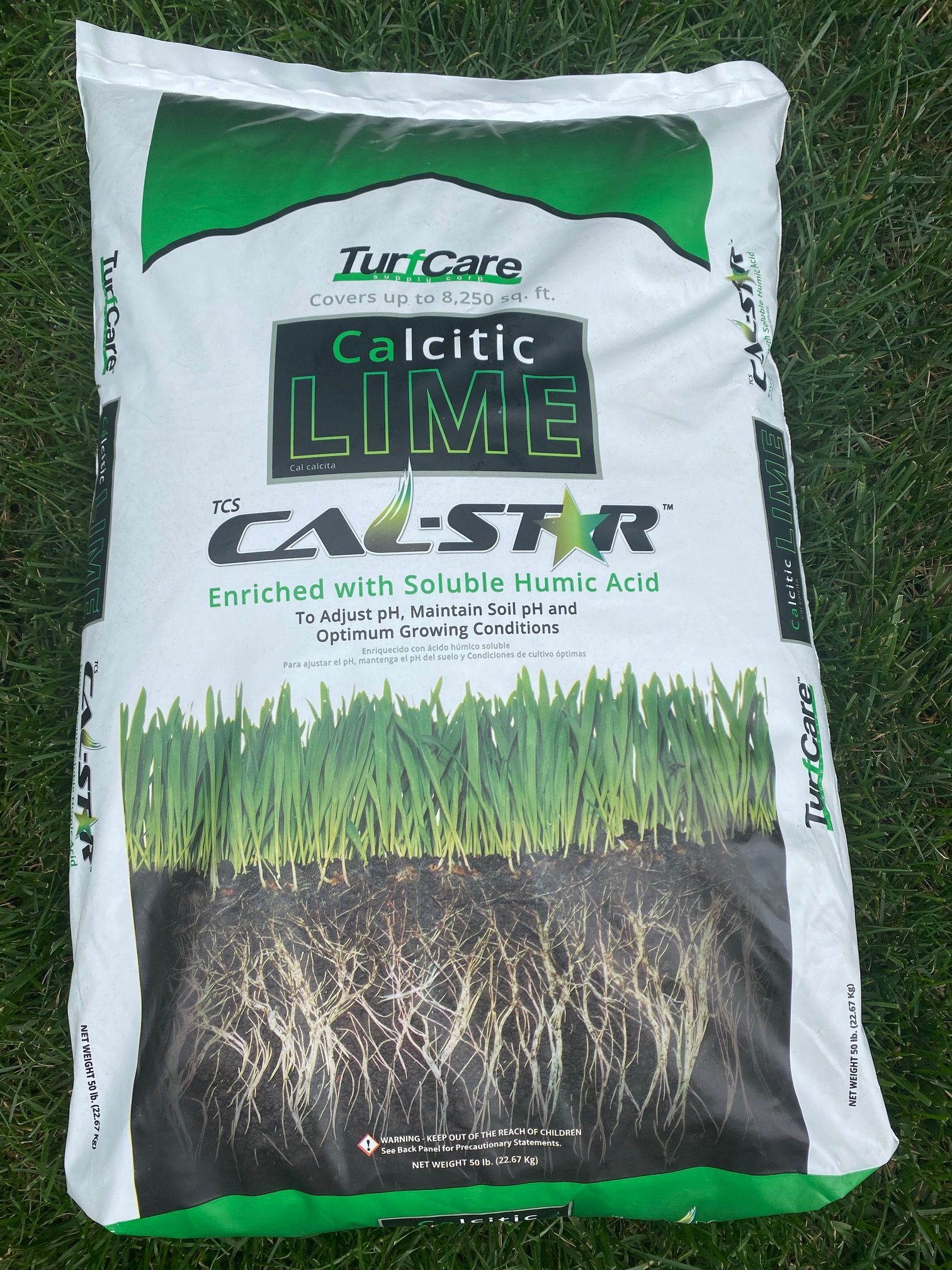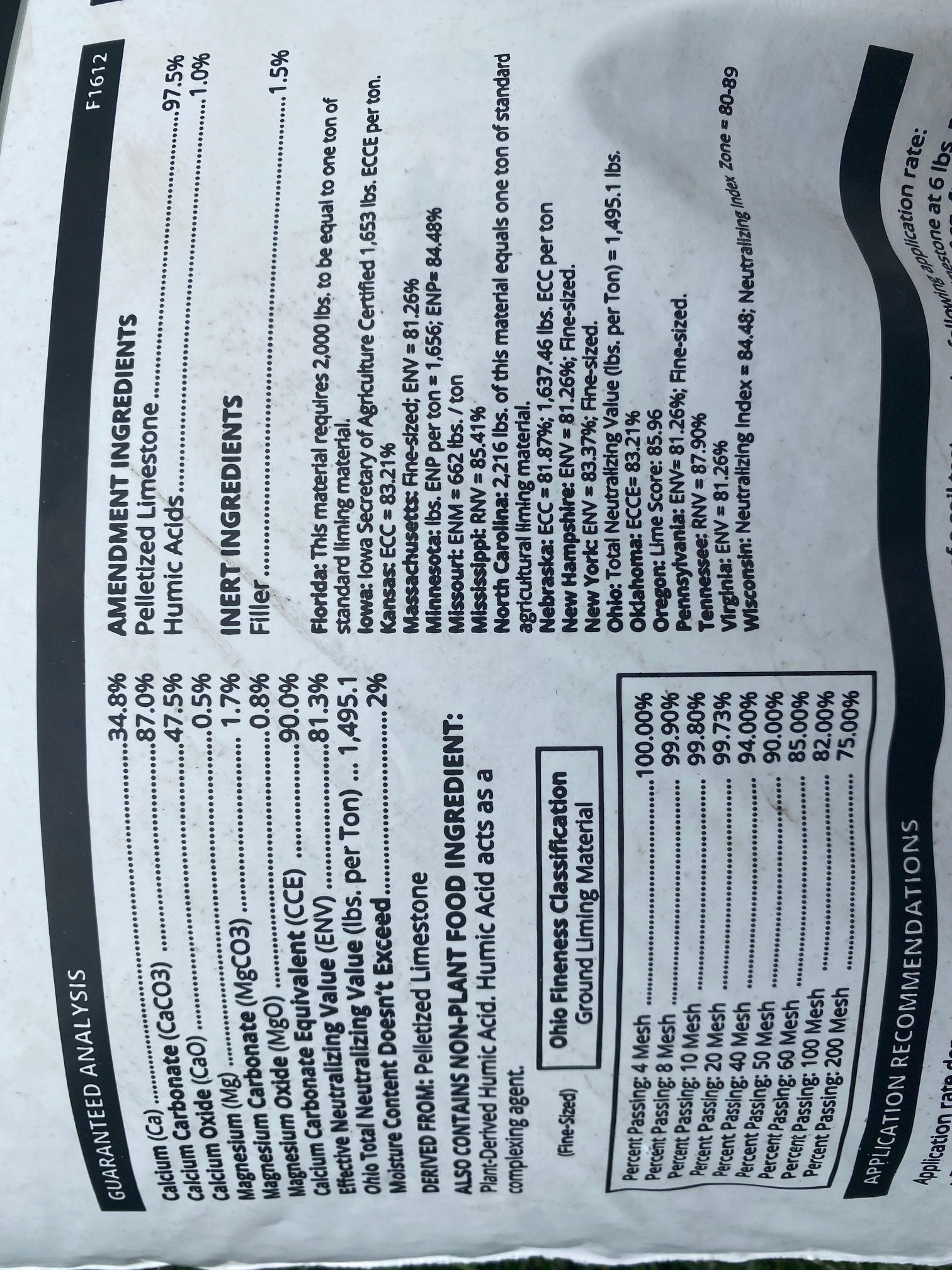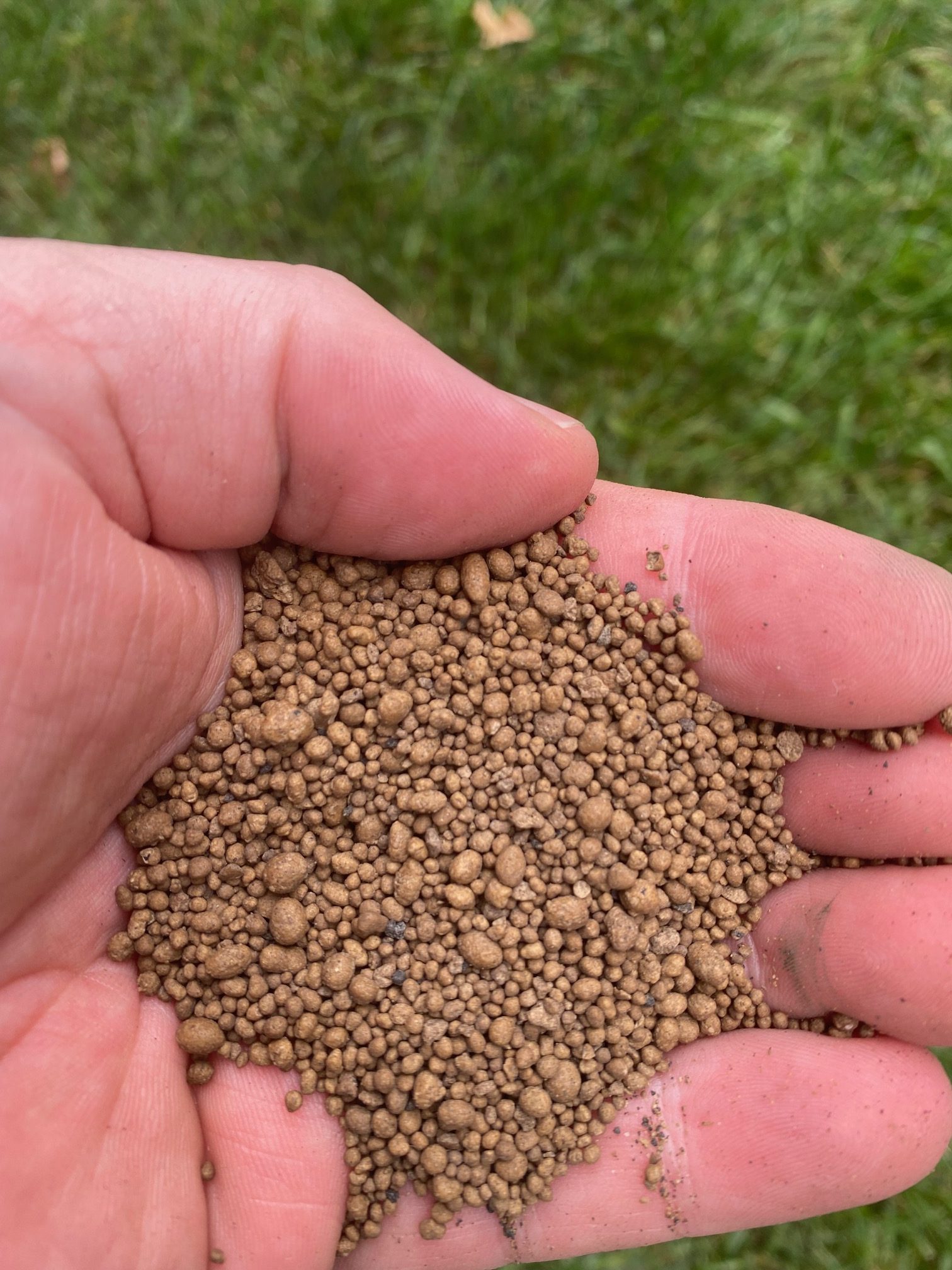When it comes to lime for lawns, homeowners often find themselves confused. When should it be applied, and how much is too much? Do lawns even need lime? Sometimes they do, but it can be difficult to know when or what types of lime to apply. Below, we’ll go in-depth to show you everything you need to know!
Types of Lime for Lawns
Let’s get started with what lime is. It’s a soil amendment made from ground limestone, which is found in different types around the world. This is a naturally occurring—and very rich—source of calcium.
For lawn care, there are two types of lime most commonly used. These include dolomitic lime and agricultural lime. What’s the difference between lime? Agricultural lime is made from calcium carbonate, which is a fairly common type of limestone. Dolomitic lime comes from dolomite, which is a rock that is similar to limestone but contains magnesium in addition to calcium.
In addition to slightly differing ingredients, lime also comes in different forms like liquids, pellets, granular, and powder. Choosing which form to use depends on equipment and application. For instance, if you want to mix lime into loose soil, powder will be the easiest to mix. Liquid lime can be applied with a sprayer, and pellets and granular lime can be distributed with a spreader.
What does Lime do for Lawns?
The main reason to use lime for lawn grass is that it makes soils less acidic. Acidic soils (sometimes called sour soil) feature a lower soil pH—anywhere to 3.0, which is considered very acidic, to 9.0, which is strongly alkaline. Soils with a pH between 6.6 and 7.3 are considered neutral. Most plants grow best somewhere between 5.5 and 6.5—so slightly acidic. If soil is too acidic, roots have more difficulty absorbing some nutrients while others, like aluminum, become so easily absorbable that they may burn the plant’s root system, which is what causes plants to fair poorly in acid soils.
Lime, because of its calcium content, is an alkaline substance. When added to acidic soils, it can boost soil pH to get it into the optimum range.



How do You Know When a Lawn Needs Lime?
Apart from acid-loving plants like rhododendrons or blueberries, most things won’t grow well in highly acidic soils. If you notice poor performance from your lawn, high soil acidity may be the culprit, but the only way to tell for sure is to have your soil tested. Garden centers and online stores will sell soil test kits, or you can send soil samples away to a Department of Agriculture testing center.
Do I Need Lime for Alkaline Soil?
No, lime lawn treatments are not needed for alkaline soil. because lime is alkaline, it’s perfect for neutralizing some of the acidity in acidic soils, but if you apply it to soil that is already alkaline, the only thing it will do is raise the soil’s alkalinity even more.
In fact, it’s easier to tell if your soil is too alkaline rather than too acidic. When soil pH rises too high, plants may develop iron chlorosis. This is a condition where you’ll find yellowing between veins on leaves.
When to Apply Lime?
Spring and fall are the best times to apply lime—and fall has the advantage over spring. That’s because winter’s rain, snow, and freeze-thaw cycles help lime break down so that it can do its job. Keep in mind that applying lime isn’t like applying fertilizer where you’ll notice a burst of growth in the weeks directly after fertilization. Instead, it can take months before a lime application changes the soil pH enough for it to have an effect.
If you do need to apply lime in the spring, look for a fast-acting lime, like Pennington’s product, which will break down and change soil pH faster than other types of lime.
How Much Lime to Apply?
To learn how much lime lawn application to apply, you’ll need to rely on soil test results to determine how much you’ll need to drop your soil’s current pH. From there, you’ll need to account for the type of lime you’re using. Typically, you’ll find information for how much to apply per square foot or per acre on the manufacturer’s packaging.
Lime for Lawns FAQs
What is the best lime for lawns?
Dolomitic lime is most commonly used for lawns since magnesium can be a beneficial addition.
Can I use lime and Milorganite together?
Yes, there is no harm in using Milorganite and lime. Applying lime to balance the soil pH and Milorganite to slowly feed your lawn is a great combination for a healthy lawn.
Is lime harmful to pets or people?
It isn’t intended for consumption, so don’t allow children or pets to eat lime pellets, but beyond that, lime isn’t a dangerous substance. The dust can irritate the eyes, stomach, and sensitive skin, so wear a mask when applying it.
Can you put too much lime on your lawn?
Yes—and too much lime can raise alkalinity too much, causing your grass to perform poorly or the lawn to turn yellow. This is why soil tests are critical to determining how much lime you need.
How many times a year should you put lime on your lawn?
Lime only needs to be applied once per year, preferably in the fall although spring is the next best time to apply it.
How do you apply lime to lawns?
Use a sprayer for liquid lime, a shaker for powdered lime, or a lawn seeder/spreader for granulated and pelleted lime.
If you have acidic soils, applying lime will help your lawn grass grow thicker, greener and lusher. Perform a soil test to determine how much you need, and if you can, try to apply it in the fall so that your yard is ready to grow in the spring.
